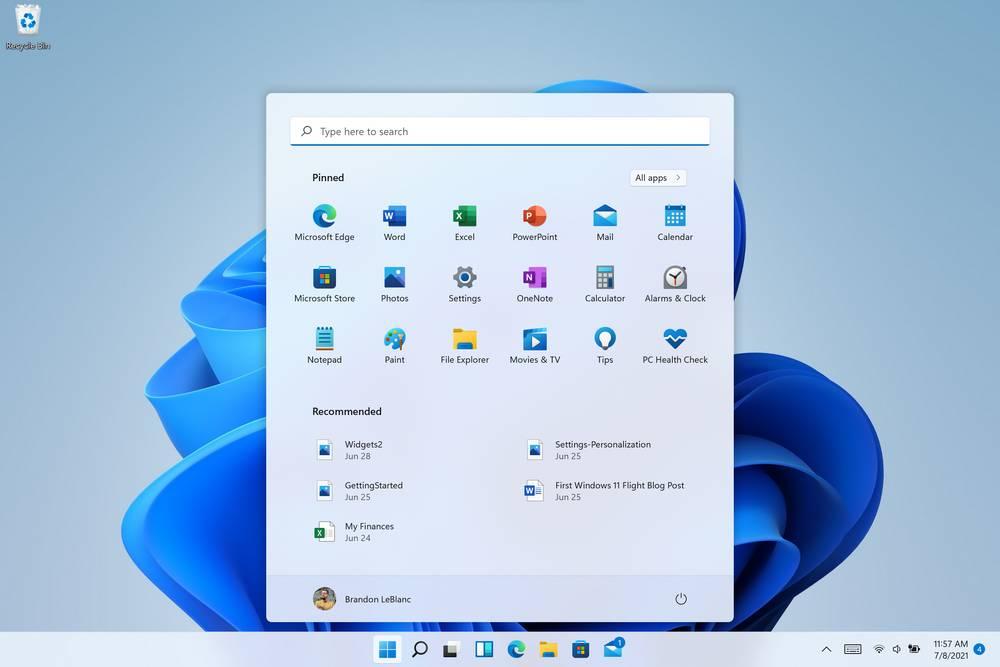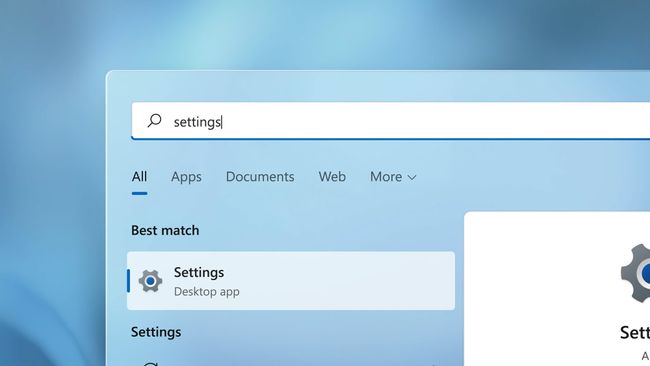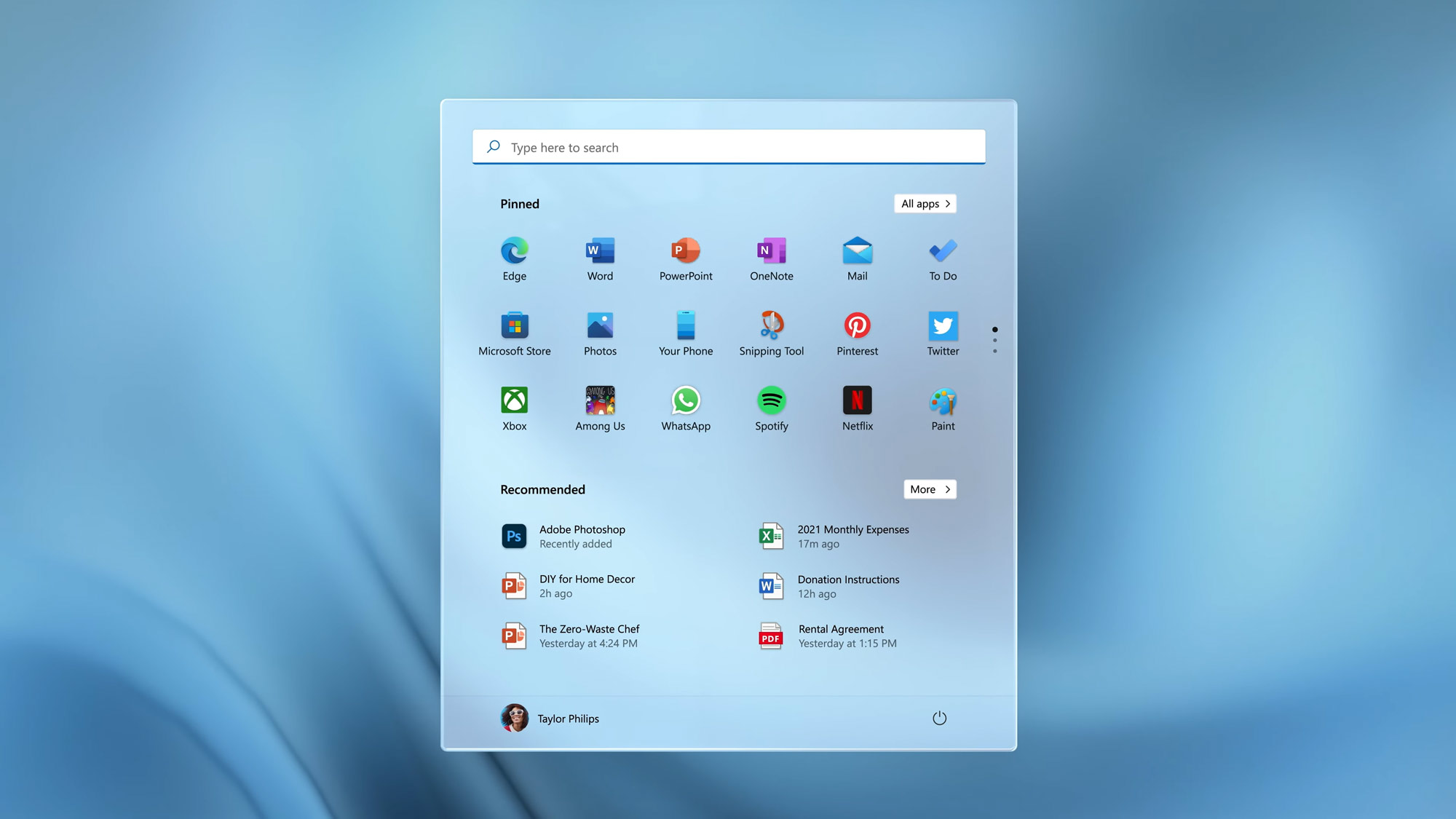

For a list of all Voice Access commands, see Use voice access to control your PC & author text with your voice. Also, the supplementary information might be inaccurate. You can access the command help page on the voice access bar from Help > View all commands or use the voice access command “what can I say?” Note that the help page might not include all commands. The new categories provide further guidance. The search bar allows you to quickly find commands.
#WINDOWS 11 MENU UPDATE#
New!This update redesigns the in-app voice access command help page.Every command now has a description and examples of its variations. You can download speech recognition support from Settings > Time & Language > Language & region. To learn more, see Use live captions to better understand audio. Speech recognition support might not be available in your preferred language, or you might want support in other languages. When you turn it on for the first time, Windows will ask you to download the required speech recognition support. You can also use the Quick Settings accessibility flyout menu. To turn on live captions, use the WIN + Ctrl + Lkeyboard shortcut.

New! This update adds live captions for the following languages:Įnglish (Ireland, other English dialects) OneDrive has its own sharing functionality.

This feature is not available for files stored in Microsoft OneDrive folders. In addition, loading your contacts from Outlook is better. You now have the option to quickly email the file to yourself. New! This update improves the sharing of a local file in File Explorer with Microsoft Outlook contacts. This feature gives you quick access to important account-related notifications. You can also add extra security steps to keep you from being locked out of your account. The account backs up all your data and helps you to manage your subscriptions. A Microsoft account is what connects Windows to your Microsoft apps. New! This update expands the roll out of notification badging for Microsoft accounts on the Start menu. Note Follow find out when new content is published to the Windows release health dashboard. For an overview of Windows 11, version 22H2, see its update history page. This highlights the ongoing development and refinement of the badge system as Microsoft seeks to establish consistent guidelines and distinctions.For information about Windows update terminology, see the article about the types of Windows updates and the monthly quality update types. For instance, the Tips app, despite carrying the badge, can be deleted by users. Interestingly, the “System” badge is not limited to non-removable programs, as the presence or absence of the badge does not necessarily indicate an app’s uninstallability.
#WINDOWS 11 MENU SOFTWARE#
However, in build 23493, Microsoft made a notable change, replacing “Microsoft” with “System.” This alteration offers a more descriptive and precise indicator, allowing users to differentiate between pre-installed apps and other software they have installed. Initially labeled as “Microsoft,” the badge appeared next to certain stock applications. The “System” badge was quietly implemented a few builds ago without any official announcement from Microsoft. This badge aims to provide users with a clear distinction between default applications and other software installed on their systems. Among these updates, one intriguing addition is the introduction of a new “System” badge for the Start menu. The recently released Windows 11 preview build, version 23493, comes packed with an array of exciting features and enhancements.


 0 kommentar(er)
0 kommentar(er)
